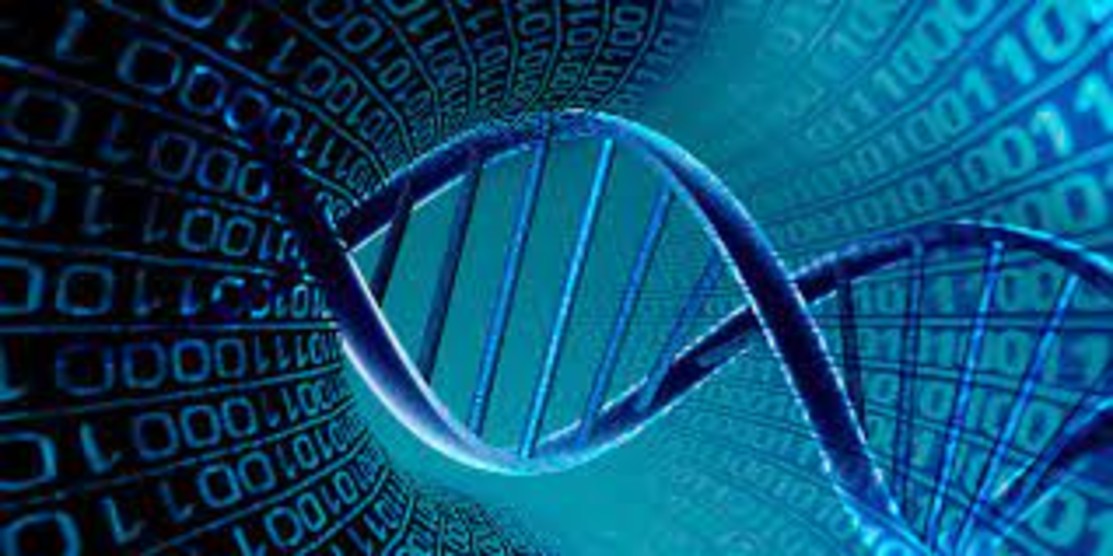
The Bioinformatics & Genomics Certification Course is designed to equip learners with a strong foundation in computational biology and genomic data analysis. This program bridges the gap between biology and data science, enabling students to analyze complex biological datasets, interpret genomic sequences, and apply bioinformatics tools to real-world research. Participants will gain hands-on experience with essential software, databases, and analytical techniques used in genomics, molecular biology, and personalized medicine. By the end of the course, learners will be well-prepared to pursue careers in research, biotechnology, healthcare, and pharmaceutical industries, where bioinformatics plays a critical role in advancing scientific discovery.
Module 1: Introduction to Bioinformatics & Genomics Overview of bioinformatics and its applications Basics of molecular biology, genetics, and genomics Introduction to biological databases.
Module 2: Biological Databases & Sequence Retrieval NCBI, Ensembl, UniProt, and other key databases Retrieving nucleotide and protein sequences Database navigation and data extraction techniques.
Module 3: Sequence Alignment & Analysis Pairwise and multiple sequence alignment Tools: BLAST, Clustal Omega, MUSCLE Phylogenetic tree construction and interpretation.
Module 4: Genomics & Next-Generation Sequencing (NGS) Overview of genome sequencing technologies NGS data formats and processing Variant detection and annotation.
Module 5: Transcriptomics & Gene Expression Analysis RNA-Seq analysis and expression profiling Differential gene expression analysis Visualization using R/Bioconductor tools.
Module 6: Proteomics & Structural Bioinformatics Protein structure prediction and analysis Protein-protein interaction networks Cytoscape, Geneious.
Module 7: Computational Biology & Scripting Introduction to Python and R for bioinformatics Writing scripts for data analysis and automation Handling large-scale biological datasets.
Module 8: Genomic Data Visualization & Interpretation Data visualization techniques for genomic datasets Creating graphs, heatmaps, and interactive plots Interpretation of biological significance.
Module 9: Applied Bioinformatics & Case Studies Real-world applications in genomics and biotechnology Case studies from clinical genomics and personalized medicine Project-based learning for hands-on experience.
Module 10: Capstone Project & Industry Tools Integration of all concepts in a live project Use of advanced tools like GATK, OMICS platforms, and sequencing workflows Final project presentation and report preparation.
Mobile: 9100348679
Email: coursedivine@gmail.com

You cannot copy content of this page